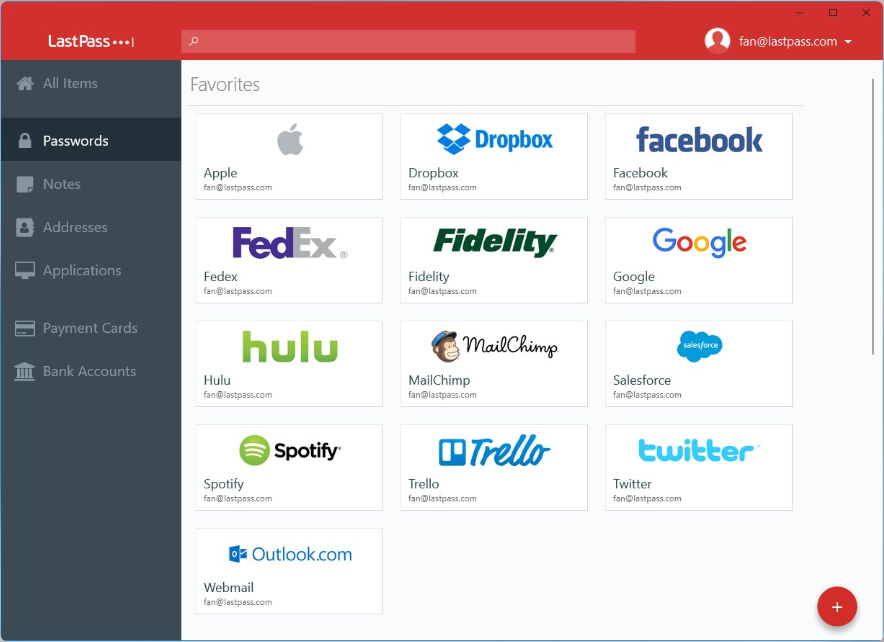Everything You Need to Know to Get Started with LastPass for Your Business
In today’s world, managing passwords can feel overwhelming, especially when every website demands longer, more complicated combinations of letters,...
4 min read
 Byron Martin
:
May 22, 2023
Byron Martin
:
May 22, 2023

The cybersecurity poverty line has become the benchmark of acceptable cybersecurity for businesses.
What is the cybersecurity poverty line? Why does it matter to your business? What can you do to protect yourself?
The concept of a cybersecurity poverty line has emerged to describe the line between the organizations that have the means and resources to achieve and maintain strong security postures to protect data, and those that do not.
The term "poverty line" typically refers to the minimum level of income necessary to maintain a basic standard of living. Similarly, the cybersecurity poverty line refers to the minimum level of investment required to maintain a basic level of cybersecurity.
Wendy Nather, head of advisory CISOs at Cisco, first coined the notion in 2011. In 2020, Chris Krebs added the concept of a “cyber 1%” in a talk at a Gartner conference.
The cyber 1% are the most capable of defending against cyber threats, regardless of their industry. These companies have the resources, structure, and culture to maintain a resilient cybersecurity posture.
Many small and medium-sized businesses fall below the cybersecurity poverty line, as they may lack the resources to invest in the latest cybersecurity tools or hire dedicated cybersecurity staff. These businesses may be more vulnerable to cyber-attacks and may not be able to recover from the damages.
It is worth noting that the cybersecurity poverty line varies depending on the organization's size, industry, and level of risk. A small retail business may have different cybersecurity needs than a large financial institution, and therefore, their respective cybersecurity poverty lines will differ.
Organizations that fall below the cybersecurity poverty line may consider outsourcing their cybersecurity needs to third-party providers or investing in cost-effective solutions. For example, implementing basic security measures such as regular software updates, employee security awareness training, and implementing multi-factor authentication can considerably improve an organization's cybersecurity posture.
Improving an organization's cybersecurity posture involves a comprehensive approach that addresses various aspects of security. Here are some steps an organization can take to enhance its cybersecurity posture:
Improving an organization's cybersecurity posture is an ongoing process that requires continuous monitoring, assessment, and modification of evolving threats and technologies. Regularly review and update security measures to stay ahead of potential risks.
By identifying your cybersecurity poverty line, you can take steps to improve your cybersecurity posture and help protect your business from cyber threats. Even organizations with limited resources should prioritize cybersecurity to avoid potentially devastating consequences.
In the end, a strong company culture of cybersecurity education and awareness, cybersecurity tools and technologies, and documented cybersecurity policies and procedures can help you establish a clear plan for cyber resilience.
Teknologize is a SOC 2 accredited, Professional Technology Services company with clients throughout the Pacific Northwest. We have offices located in:
Questions about your IT or Cybersecurity? Give us a call today!

In today’s world, managing passwords can feel overwhelming, especially when every website demands longer, more complicated combinations of letters,...

Protecting sensitive information is a year-round priority for small and mid-sized businesses (SMBs) in Washington and Oregon.

Why a Network Assessment Is an Essential First Step